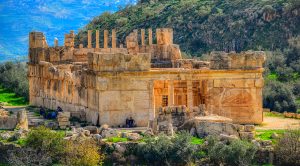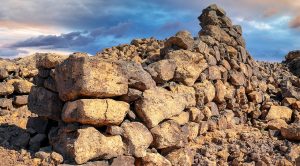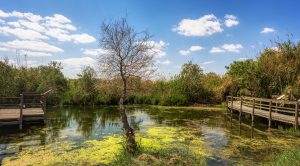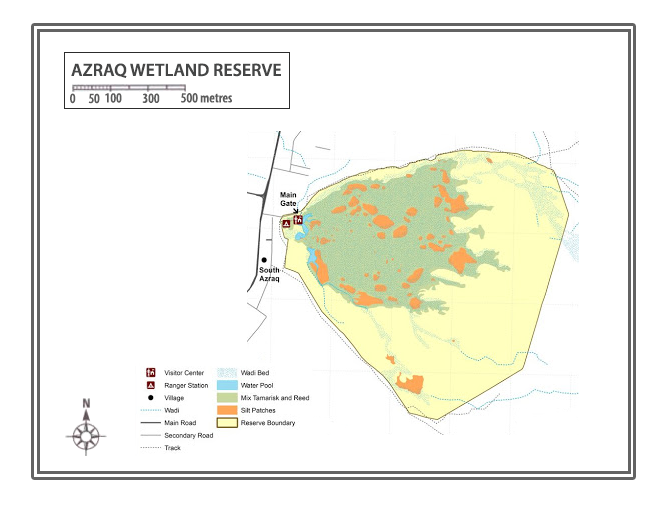The Azraq Wetland Reserve is a unique oasis located near the town of Azraq and the famous Azraq Castle in the heart of the arid Eastern Desert of Jordan. The wetland is a location of rich biodiversity, providing a natural habitat for numerous aquatic and terrestrial species, including the Azraq Killifish, the only true endemic vertebrate species of Jordan.
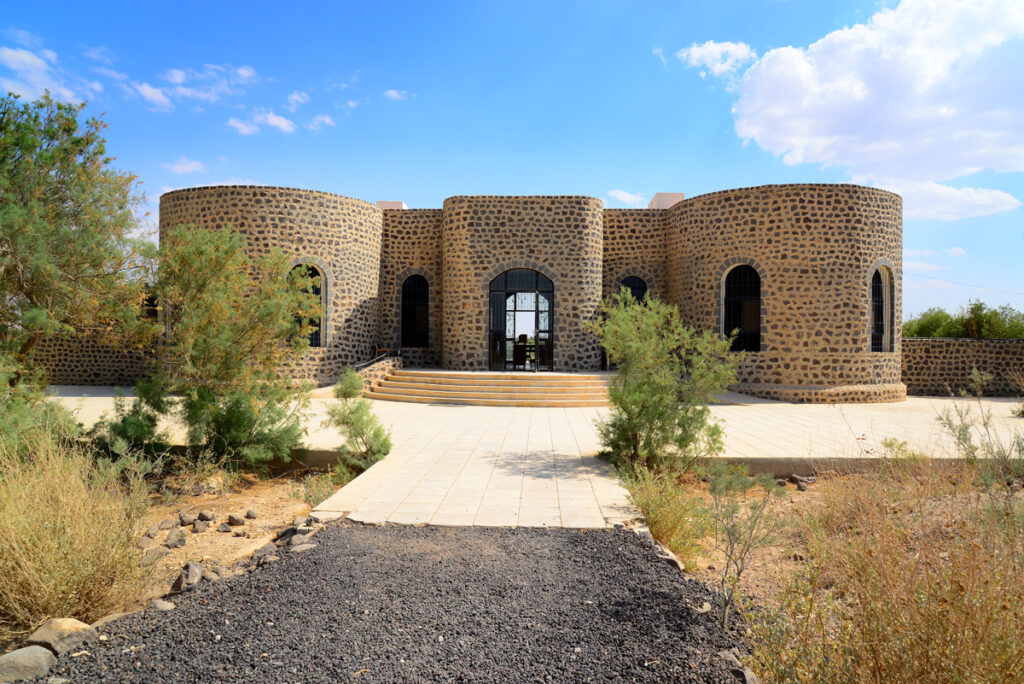
The reserve was established in 1978 by the RSCN to preserve the wetland which was also a major station for migratory birds on the African-Eurasian flyway but unfortunately, the natural springs dried up in 1992 due to excessive pumping of water from the oasis to large urban areas, and most migratory birds subsequently moved away from the area. Artificial springs are maintained today to keep the site a tourist destination.
A 1.5km Marsh Trail through the reserve, which takes about 30 minutes to walk, gives an idea of the former beauty of the wetlands. The trail follows natural paths made by water buffalo, which still roam through the wetlands. Take a pair of binoculars and stop at the bird hide to spot ducks squabbling between the seasonal reed beds. A viewing hide overlooking the Shishan springs is worth noting: these springs once watered the entire wetlands, and the cooling sound of the wind amid thick reeds makes you forget how close the desert is. The remains of a basalt wall from the Umayyad period, which was a part of a larger aqueduct that stretches for 4 km, could be seen today and incorporated into the trail. While the actual purpose of the wall is unknown, current theories suggest that it was used for water control and storage, to separate freshwater from saltwater.
Archaeologists found several basalt stones displaying images of animals and plants that were common to the area during the time that the wall was constructed.
Although just a fraction of the original wetlands remain, about 300 species of resident and migratory birds use the wetlands during their winter migration from Europe to Africa, including raptors, larks, warblers, finches, harriers, eagles, plovers and ducks. A few buffaloes also wallow in the marshy environs, and jackals and gerbils are occasionally spotted in the late evening. The best time to see birdlife is in winter (December to February) and early spring (March and April). Large flocks of raptors steadily arrive in May. Ultimately, however, bird populations are dependent on the water levels in the reserve, and as the water continues to be pumped out quicker than it is pumped in, the future of the oasis remains in jeopardy.
With international support, RSCN began a rescue effort in 1994 and managed to restore a significant portion of the wetland, and aims to increase depleted water levels by 10 percent. So far, this target has not been achieved due to continued water pumping, lack of manpower, and a lack of experience in wetland management. However, thanks to RSCN’s efforts, many birds for which Azraq was once renowned are coming back.
In 2017 a project to restore a new basin (dubbed the Swiss Pond because of the source of the project’s funding) began, pumping water back into the land.
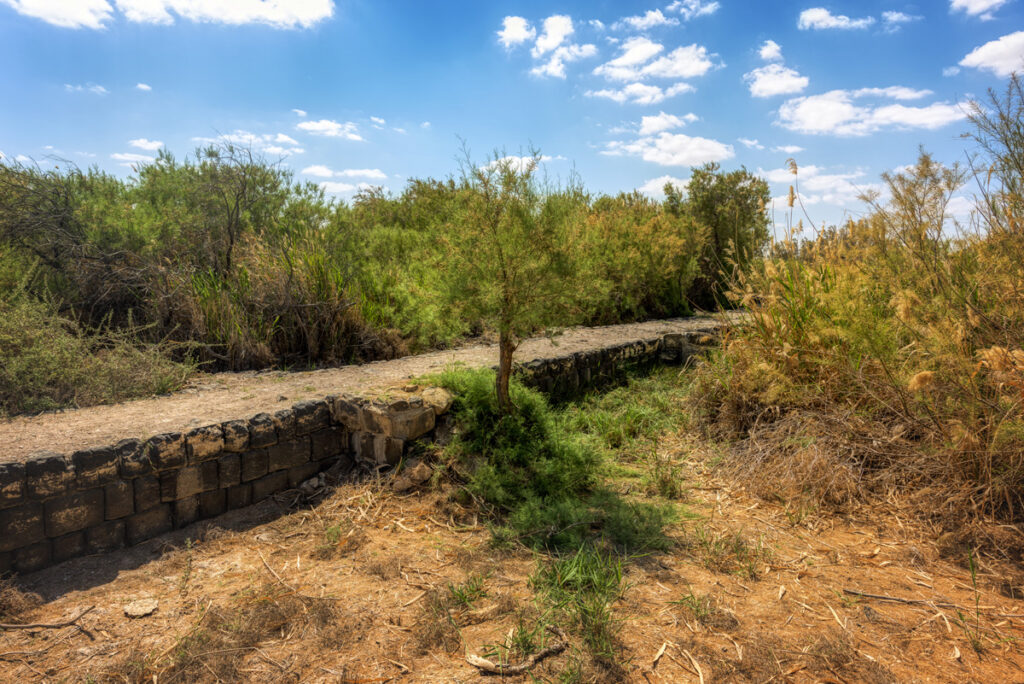
The Azraq Wetland Reserve is all that remains of the vast Azraq reservoir, which was created some 250,000 years ago and extended over an area larger than Lebanon, hosting thousands of animals, including elephants, cheetahs, and hippos. Since that time, Azraq has been the crossroads of both human trade routes and bird migrations. Millions of cubic meters of freshwater attracted camel caravans carrying spices and herbs travelling between Arabia, Mesopotamia, and Syria. Millions of migrating birds stopped in Azraq between Africa and Europe. However, in the 1960s, water began to be pumped to support Amman’s booming population. In 1978, the Royal Society for the Conservation of Nature established Azraq as a wetlands reserve. By 1992, however, the springs dried up, and the aquifers that had once gushed ceased to provide. All the water buffalos of Azraq died, and many migrating birds went to the Sea of Galilee instead.
The Azraq wetlands have been described as in a state of “ecological collapse”. RSCN continues to fight an uphill battle against the rising population and growing demand for water. The 10,000,000m3 of water per year provided by the Jordanian Ministry of Water to maintain Azraq is only sufficient to restore Azraq to 10% of its original size. In just 37 years the number of migrant birds has reduced from 347,000 in 1967 to 1200 birds as of 2000.
